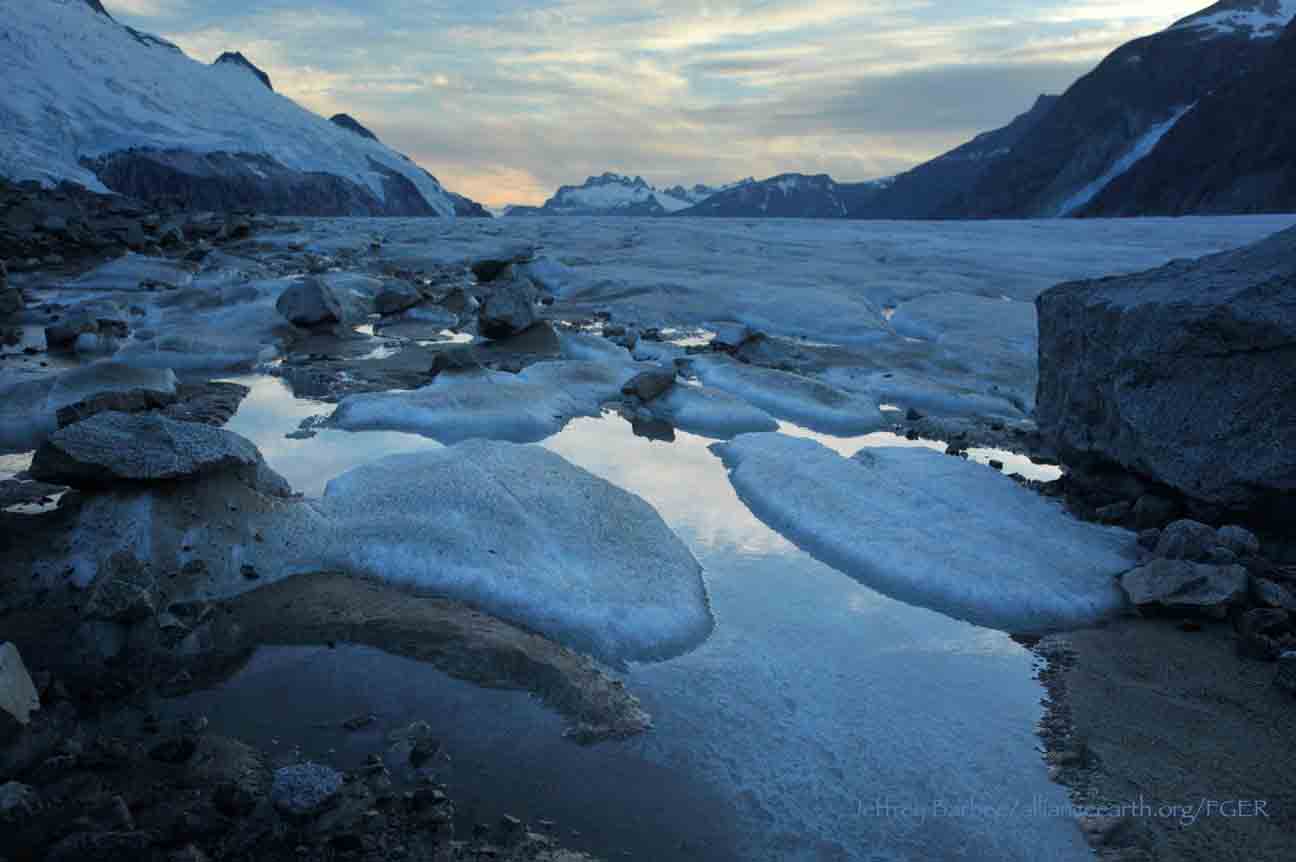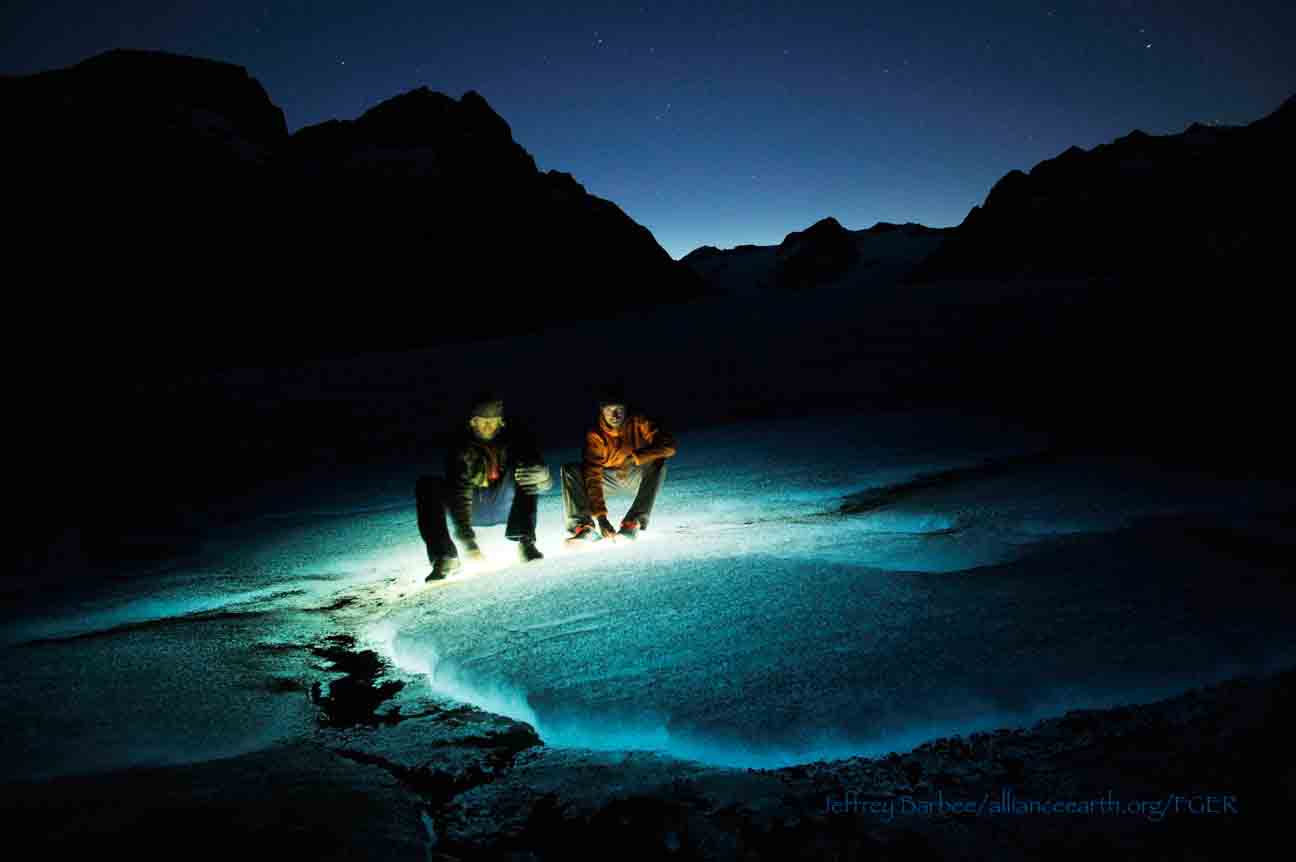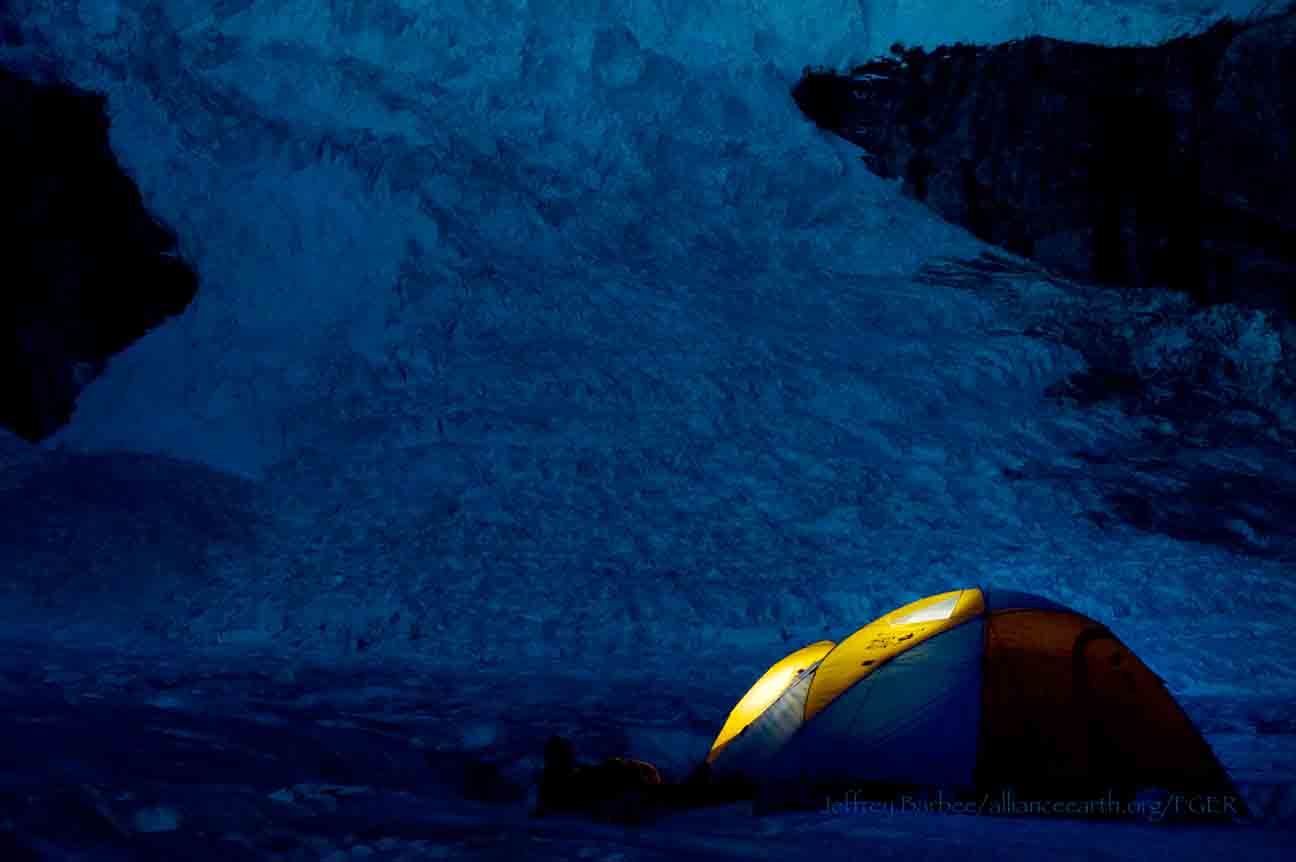Scott McGee
Hi, I’m Scott McGee from Anchorage, Alaska. I’ve been here since before there were glaciers. Every summer, a crowd of students and faculty come to the Icefield for a few weeks. As I’ve almost memorized the regional geography, I’m happy to help these scientists safely traverse from Juneau to Atlin. In addition, I like the survey work, which gives me an excuse to explore those rare niches of the Icefield that I still don’t know.
Martin Lang
My name is Martin Lang, and I’m from Munich, Bavaria (Germany). I got sucked into the world of JIRP and the gorgeous Icefield in 1989. I have not succeeded in escaping since (well, I really never tried to). In the real world, I work as a surveyor for a small but cutting edge company doing high-precision kinematic 3D surveys. This minor obstacle does not allow me to be on JIRP every summer, so I come back on a regular irregular basis. I’m looking forward to supporting the surveying this summer, and working with the fantastic student crew we have up here.
Martin Lang with faculty geologist Cathy Connor
Paul Winter
Hello, my name is Paul Winter. I just finished my first year as a Master’s student at Beuth Hochschule Berlin (Germany) studying geodata recording and visualization. I also love mountains, and on this program I found the perfect combination of connecting both worlds. The first two weeks in this incredible glacier world were just awesome. I’m excited to see more and broaden my mountaineering and glacier travelling skills.
Paul Winter with some GPS equipment.









